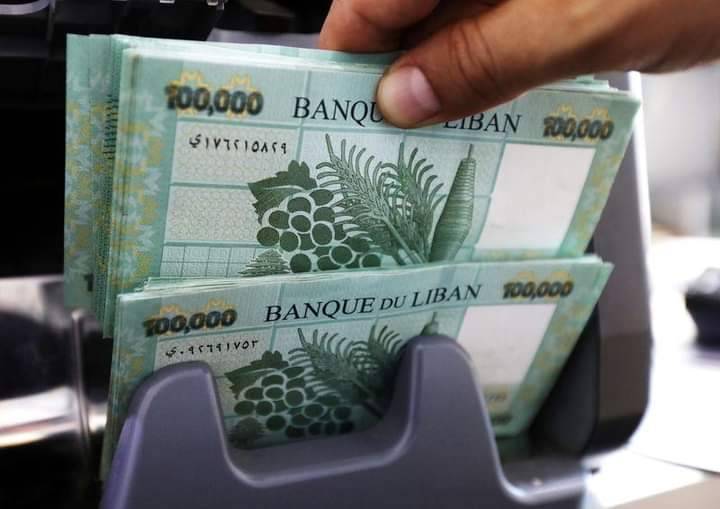The Assistant Secretary-General of the Union of Arab Financial Markets, Dr. Fadi Qanso, noted that the recent surge in the black market exchange rate came contrary to market expectations, which were supposed to reflect either a decline in the exchange rate or, at the very least, stability due to the holiday season and the influx of dollars into the market from Lebanese expatriates returning to the country, or even from residents, especially since public sector employees received two to three salaries this month in hard currency via the Sayrafa platform.
He pointed out that the current fluctuations in the market are primarily due to clear purchasing activities for dollars, whether by speculators, currency traders, or smugglers, or due to purchases by the central bank, which has been accustomed for nearly two years to proactive measures that have become somewhat expected, consisting simply of organized purchases of US dollars from the black market, resulting in sharp increases in the exchange rate. This raises the price again, with the central bank attempting to stabilize the exchange rate, which it has contributed to elevating through such purchases and injecting large amounts of Lebanese pounds to finance this operation.
He considered this flawed policy, as proven by experience, will only lead to a higher exchange rate than previously recorded levels before resuming its rise to new record levels after a period of psychological adjustment to these new levels. In this context, Qanso believes that it is not unlikely we will see in the coming days a slight decline in the exchange rate, resulting solely from an attempt to curb the demand for dollars due to the Central Bank's stopping its purchases of dollars from remittance companies and currency exchange offices and returning to sell dollars at the price of 38,000 Lebanese pounds per dollar, and not due to a surplus in the supply or sale of dollars from the central bank.
However, the effects of these measures will quickly dissipate amidst doubts about the central bank's ability to achieve sustainability for this action, which requires continuous new purchases from the market to replenish its reserves amid the absence of root solutions, particularly if there is no breakthrough at the presidential level.
According to Qanso, it is essential to distinguish between the exchange rate trend "in the medium term" and the volatility of the exchange rate "in the short term." The trend is governed by short-term cyclical fluctuations such as political factors, government formation, governmental or presidential vacancies, circulars, and measures from here and there, but these cannot change its medium- and long-term trajectory. Thus, any proactive steps will soon lose their effects if not accompanied by bold and serious reform measures to correct the structural economic imbalances that solely control the exchange rate trajectory and its sustainability in the medium and long term.
The evidence is shown in what happened shortly after the formation of the last government or following all recent circulars regarding their ineffectiveness, as there has been a clear continuation of the buying process for nearly three years, awaiting a political and economic root solution to a crisis considered among the worst economic crises globally in nearly a century.




